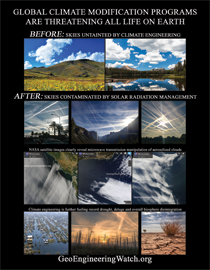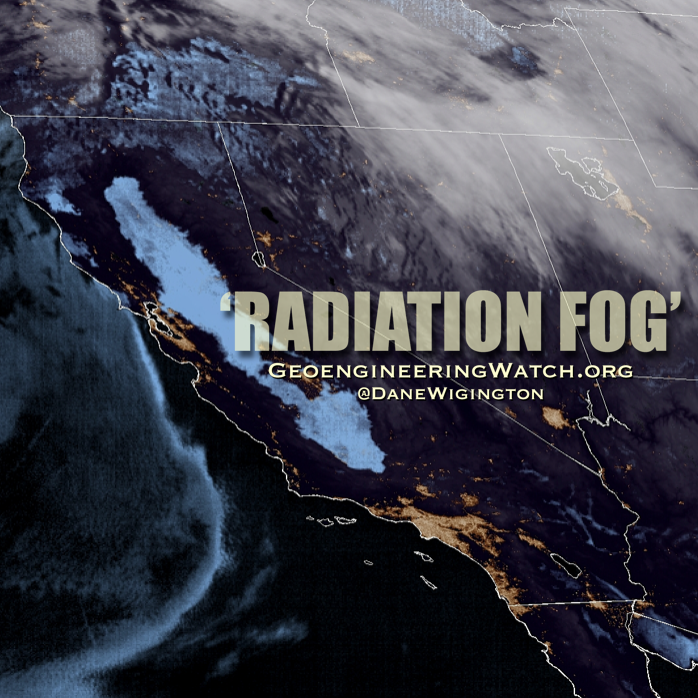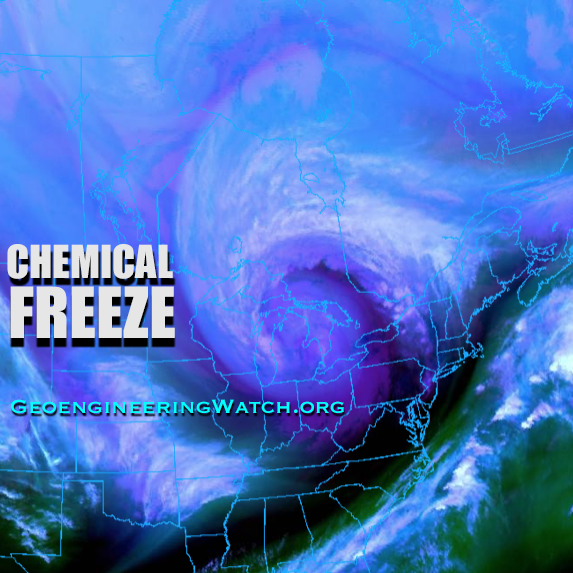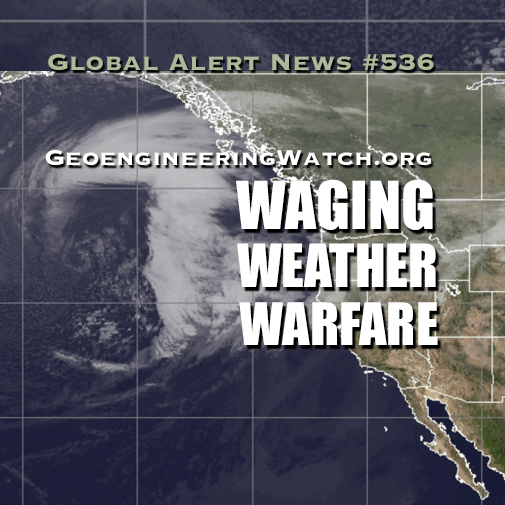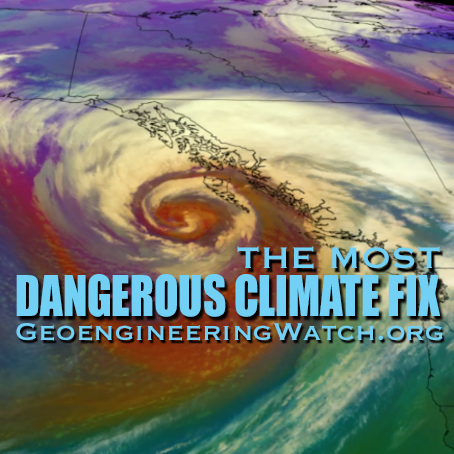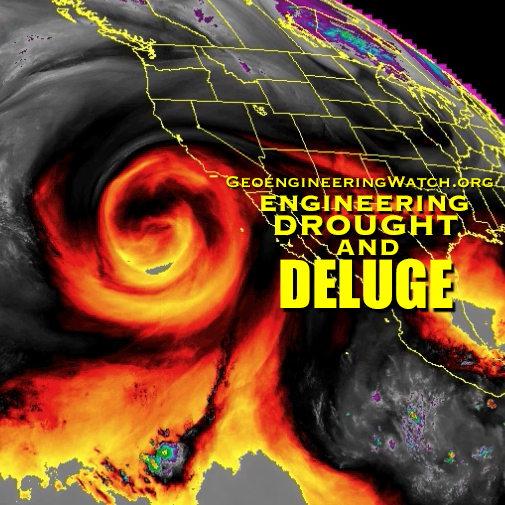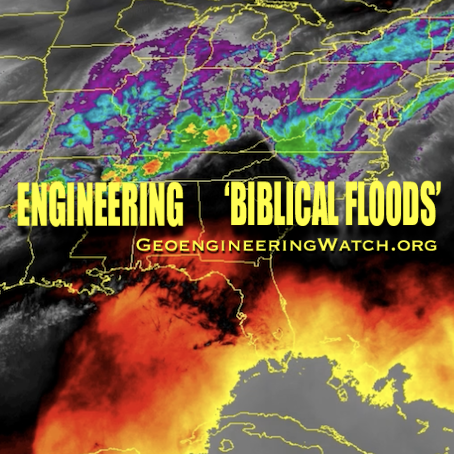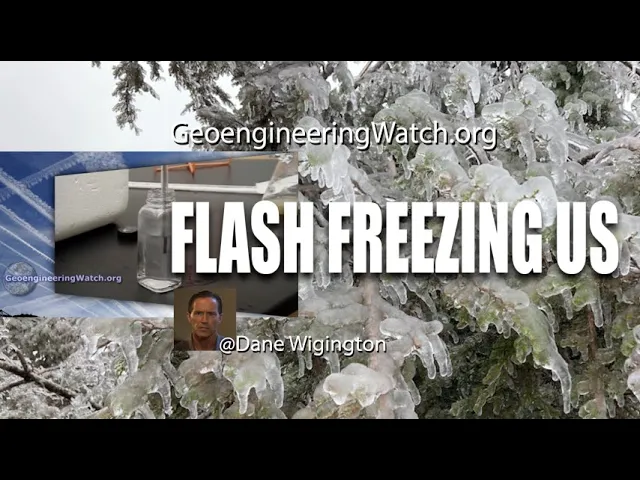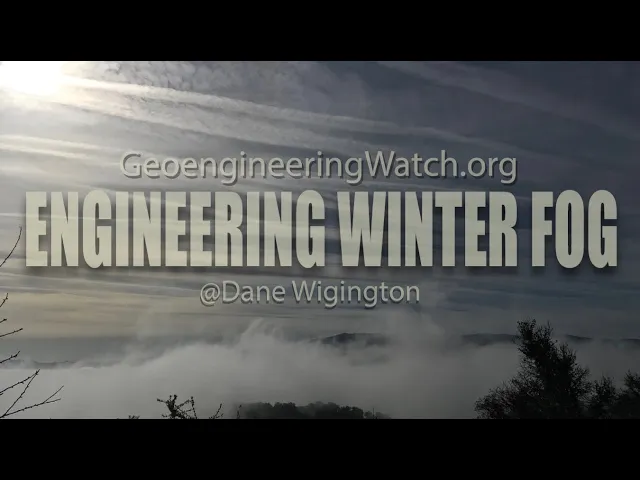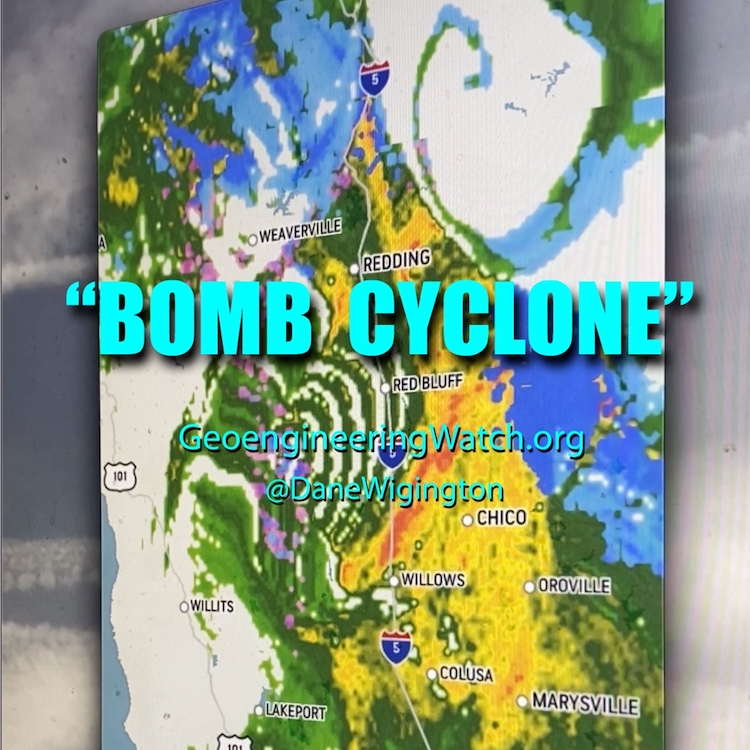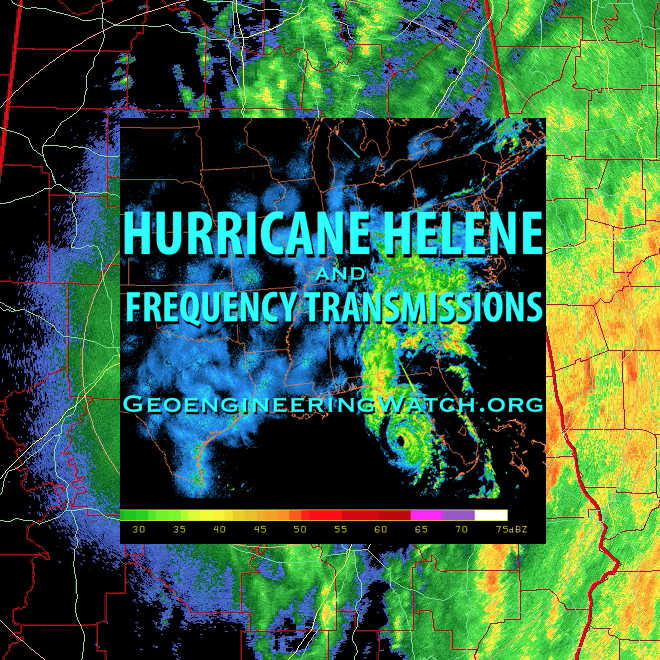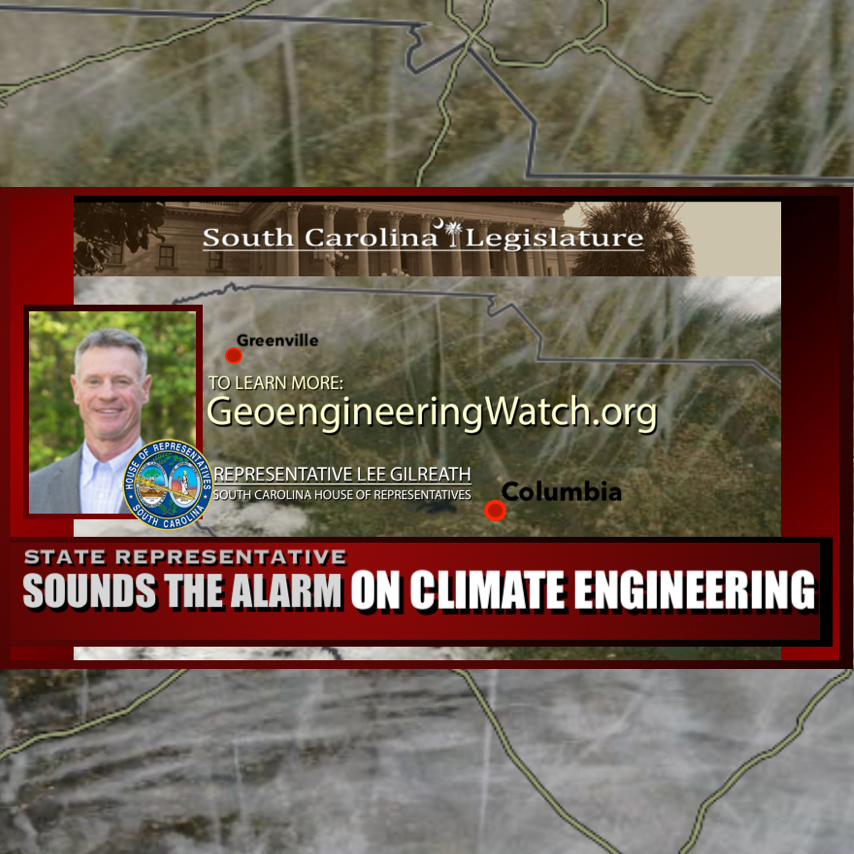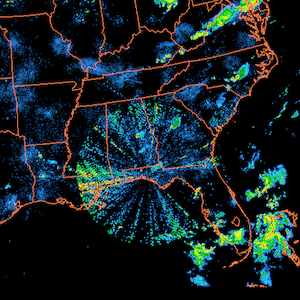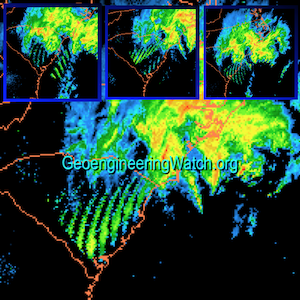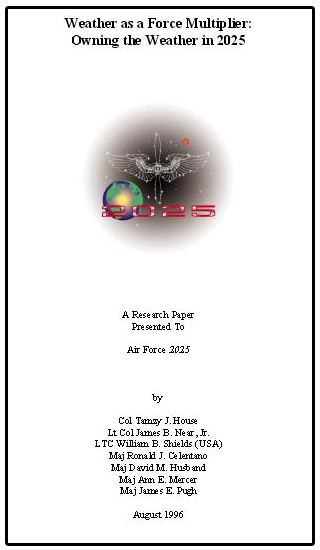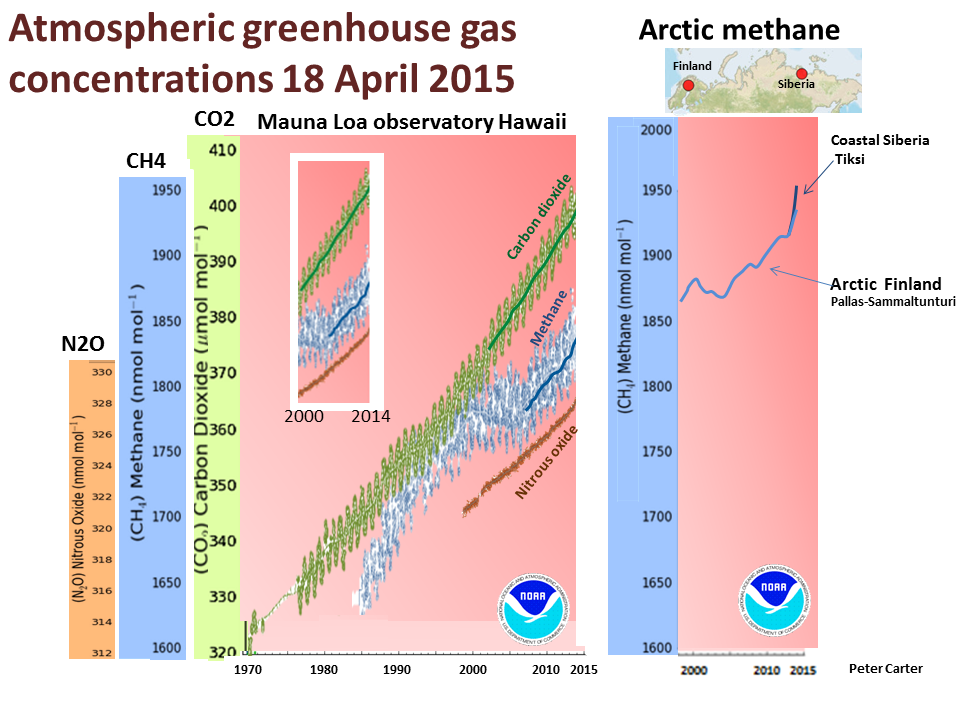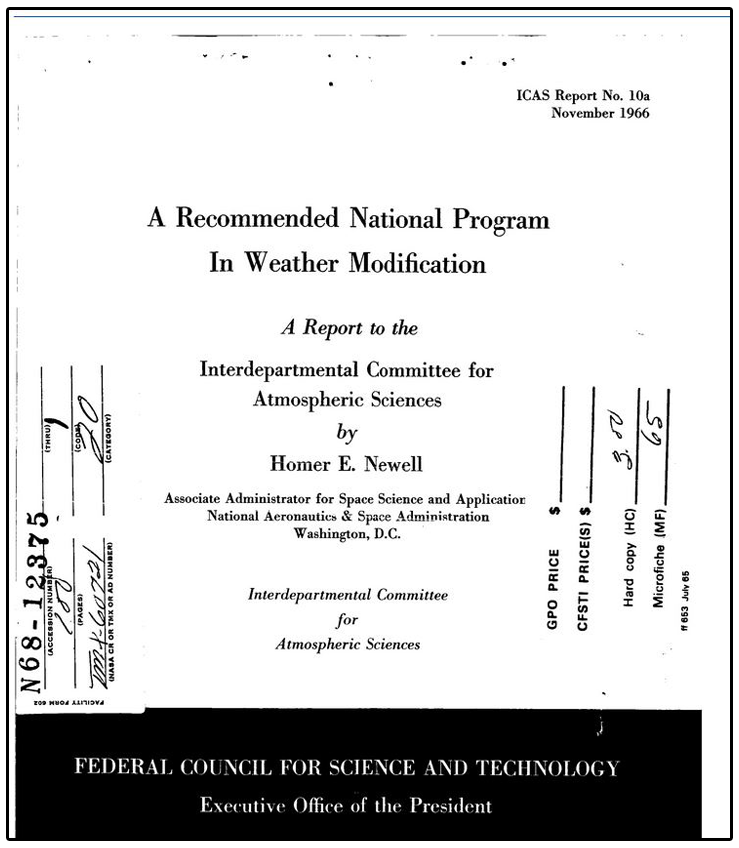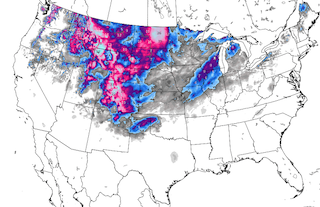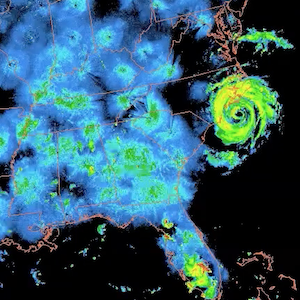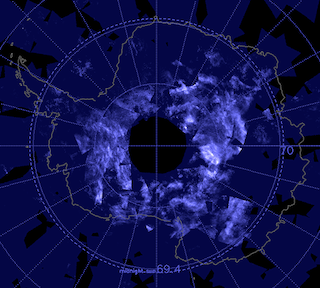Source: Arctic News
The great unraveling of how climate catastrophe is unfolding on land and in the oceans, in the atmosphere and the cryosphere, is becoming more and more clear every month.
March 2015 temperatures were the highest for March in the 136-year period of record. NOAA analysis shows that the average temperature across global land and ocean surface temperatures combined for March 2015 was 0.85°C (1.53°F) higher than the 20th century average of 12.7°C (54.9°F).
Ocean temperature anomalies on the Northern Hemisphere for March 2015 were the highest on record. In many ways, the situation looks set to get worse. For the 12-month period from April to March, data from 1880 contain a trendline that points at a rise of 2 degrees Celsius by the year 2032, as illustrated by the image below.

|
| Click on image to enlarge |
The rise in Northern Hemisphere ocean temperatures was especially profound in September and October 2014, when methane started to erupt from the Arctic Ocean seafloor in huge quantities.
The image below shows a polynomial trendline pointing at an October Northern Hemisphere sea surface temperature anomaly rise of 2°C (3.6°F) by 2030, and a rise of more than 5°C (9°F) by 2050, compared to the 20th century average, from an earlier post.

|
| From: Ocean Temperature Rise continues |
The images below give an idea of the current sea surface temperature anomalies around North America.
On April 11, 2015, a sea surface temperature of 22.2°C (71.96°F) was recorded off the North American coast (green circle bottom), a 12.6°C (22.68°F) anomaly (green circle top).
Ocean heat is carried by the Gulf Stream from the North Atlantic into the Arctic Ocean. The huge amounts of energy entering the oceans translate into higher temperatures of the water and of the air over the water, as well as higher waves and stronger winds.
The image below highlights waves and winds, showing that waves as high as 12.06 m (39.57 ft) were recorded off the coast of North America in the path of the Gulf Stream, while winds with speeds as high as 115 km/h (71.46 mph) were recorded in that area on April 17, 2015.
The combination image below illustrates the threat. A sea surface temperature of 8°C (46.4°F, green circle left) was recorded near Svalbard on April 17, 2015, an anomaly of 6.2°C (11.16°F, green circle right).

|
| Click on image to enlarge |
A continued rise of ocean temperatures on the Northern Hemisphere threatens to unleash huge eruptions of methane from the seafloor of the Arctic Ocean, further accelerating the temperature rise in the Arctic and escalating into runaway global warming.
Malcolm Light comments: "The Pacific heating must be caused by the southward spreading Arctic methane global warming veil that is able to penetrate through a giant hole in the hydroxyl and ozone layer over the far east and is moving eastwards."
Current methane levels remain extremely high (see this recent post), on track to break the record mean level of 1839 ppb (parts per billion) reached in September 2014.
Above image shows that the highest mean methane levels ranged from 1815 ppb on March 30, 2015, to 1828 ppb on April 17, 2015. The highest peak level during this period was 2483 ppb, reached on April 15, 2015.
Above image shows that temperature anomalies over much of the Arctic Ocean were at the top end of the scale on April 17, 2015, i.e. 20°C or 36°F.
The image below gives an idea of the temperature differences on April 17, 215. While temperatures over the Sahara in Africa were as high as 32.1°C (89.78°F), temperatures over Greenland were as low as -41°C (-41.8°F). In between, temperatures of 2.8°C (37.04°) were recorded over the waters near Svalbard and of 6.1°C (42.98°F) closer to the coast of Norway.

Such wide temperature differences highlight the importance of looking at peaks, rather than at averages. The year-to-date maximum sea surface temperature anomaly, up to April 18, 2015, gives an idea of the peak anomalies that can be expected as the hot season approaches on the Northern Hemisphere.
Below are details for March 2015.
 Temperature anomalies as high as 10.2°C (or 18.3°F) were recorded for March 2015 on Kolguyev Island in the Barents Sea.
Temperature anomalies as high as 10.2°C (or 18.3°F) were recorded for March 2015 on Kolguyev Island in the Barents Sea.
A rise in ocean temperatures on the Northern Hemisphere of 2°C (3.6°F) by October 2030 looks set to go hand in hand with a 6°C (10.8°F) rise in Arctic temperatures by 2030, fueling runaway global warming, as illustrated by the image below, from another earlier post.
Without action, similar temperature rises look set to hit the globe at large a dozen years later, accompanied by huge temperature swings that threaten to cause depletion of supply of food and fresh water, and as illustrated by the image further below.

|
| From Methane Levels Early 2015 |
In conclusion, the situation is dire.
Source: Arctic News





